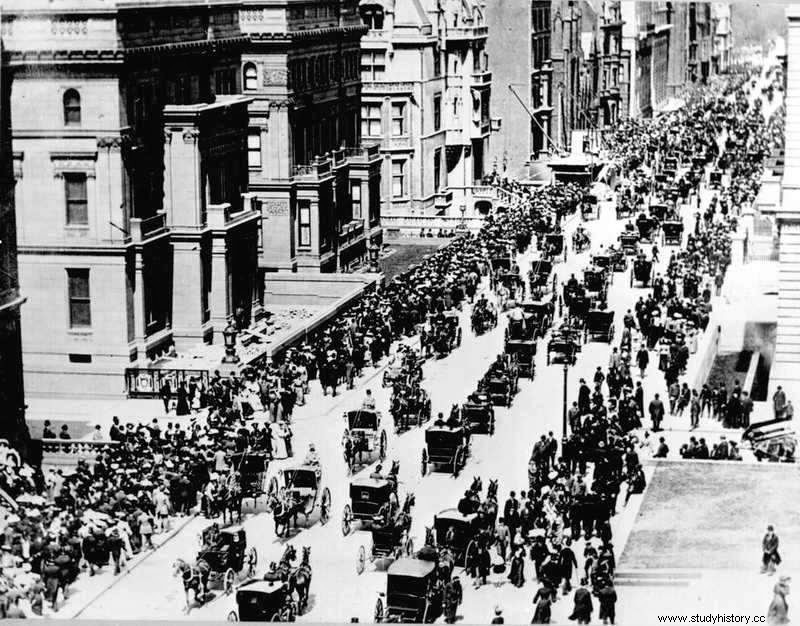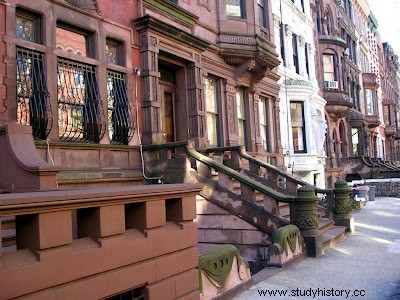Since ancient times, and until the arrival of the automobile at the end of the 19th century, the combination of the wheel and draft animals (horses, donkeys, donkeys...) were the main means of transporting people and goods. The very evolution of cities, the progressive increase in the urban population and the logical growth of animal-drawn transport, created new problems:traffic jams in the streets, the noise of the carriages was very annoying, fatal accidents -in 1900 200 New Yorkers died for this reason - and the worst of all:manure .

When the number of horses was reduced -a horse produces between 14-16 kg/day of manure-, there was a very prosperous manure market, since it was used, and is used, as fertilizer for the fields. In late 19th century New York, with a population of nearly 3 million, there were more than 200,000 horses. The manure market could no longer absorb all the "production" and it began to be distributed around New York (in some places it was accumulated in piles of 18 meters).
These huge amounts of manure were a source of flies and rats, in summer the stench was unbearable and when the rains came the city became a sea of manure. The problem reached such an extreme that in 1898 the first international conference on urban planning was held in New York, the “star” theme being manure. The conference was scheduled for 10 days but as no solution to the problem was found, the conference was dissolved on the third day. The solution would come from the hand of technological progress:the horse was replaced by the tram.
An urban consequence of the manure problems are the cinematographic New York stairs that ascend from the street to the entrance on the first floor. This way the "seas of manure" were avoided.

Source:SuperFreakonomics – Levitt and Dubner
Image:López Ruiz
